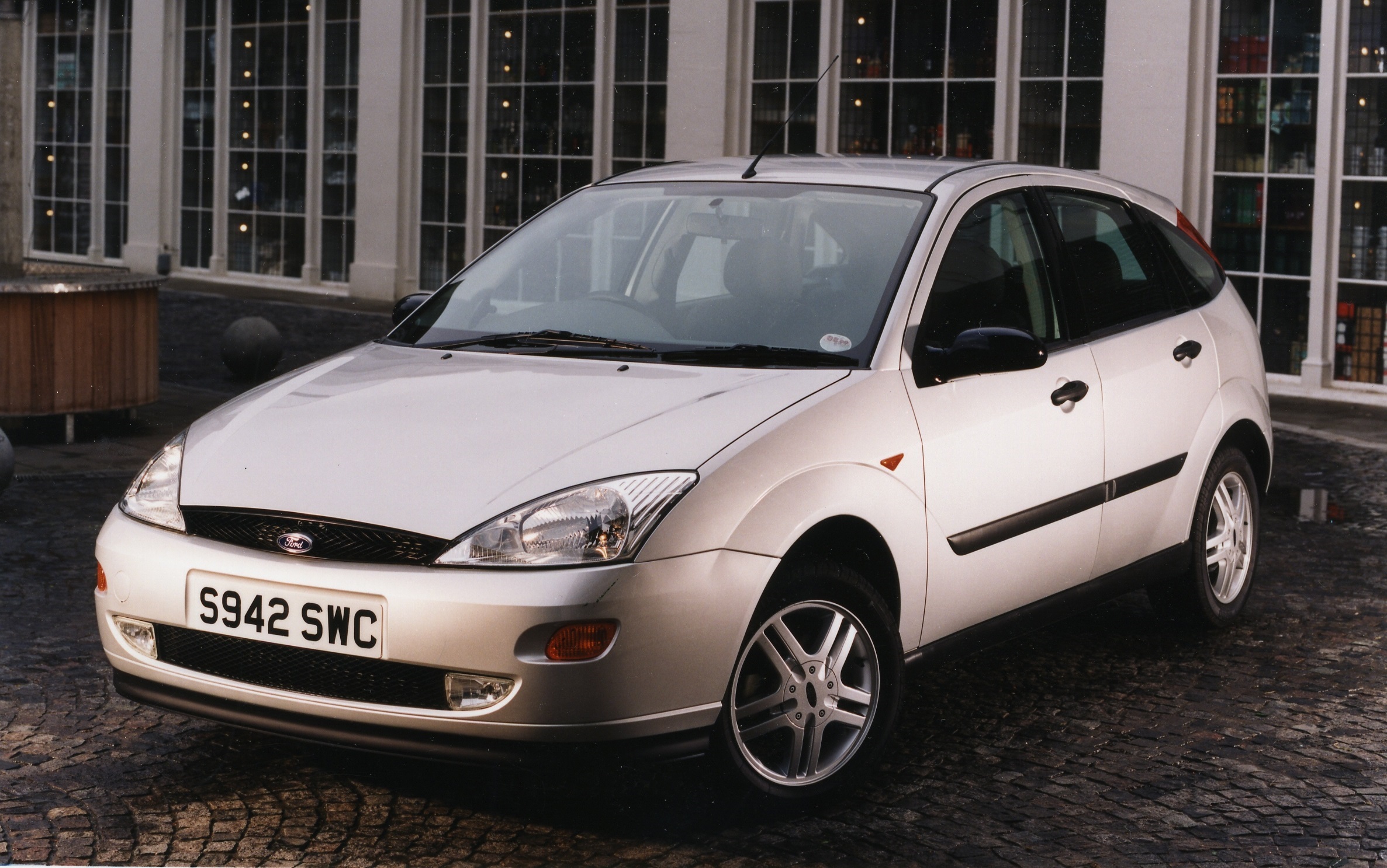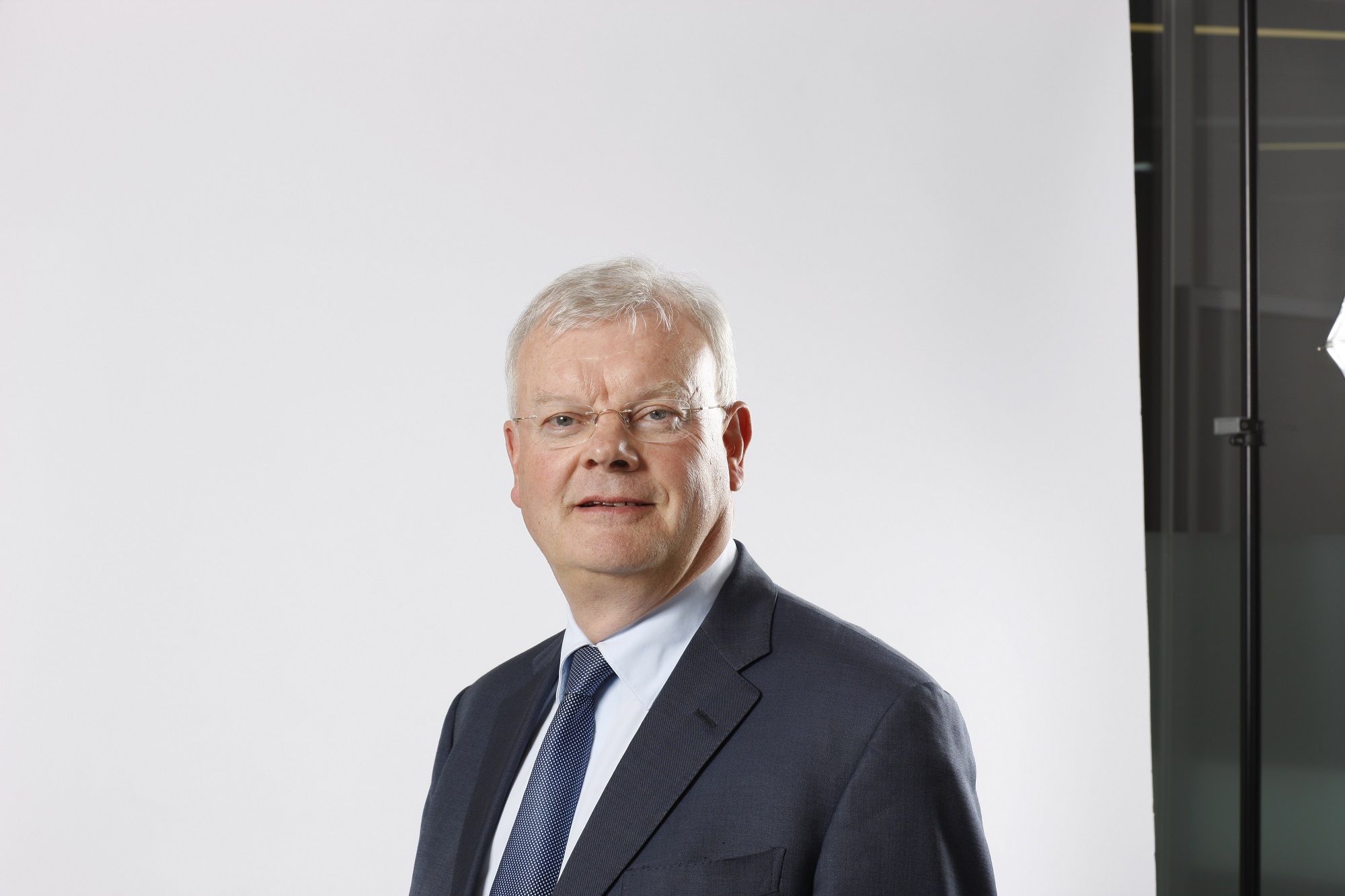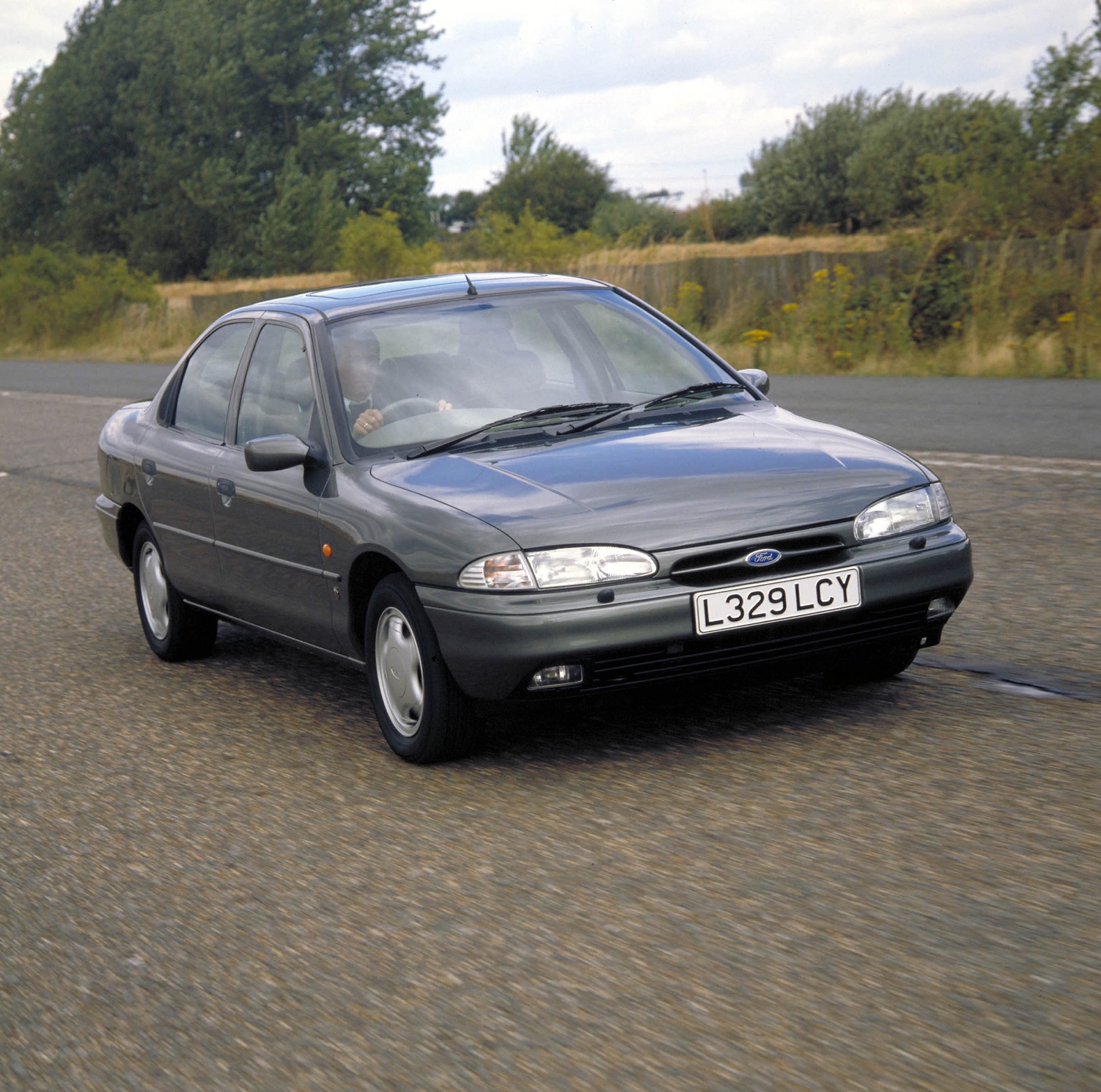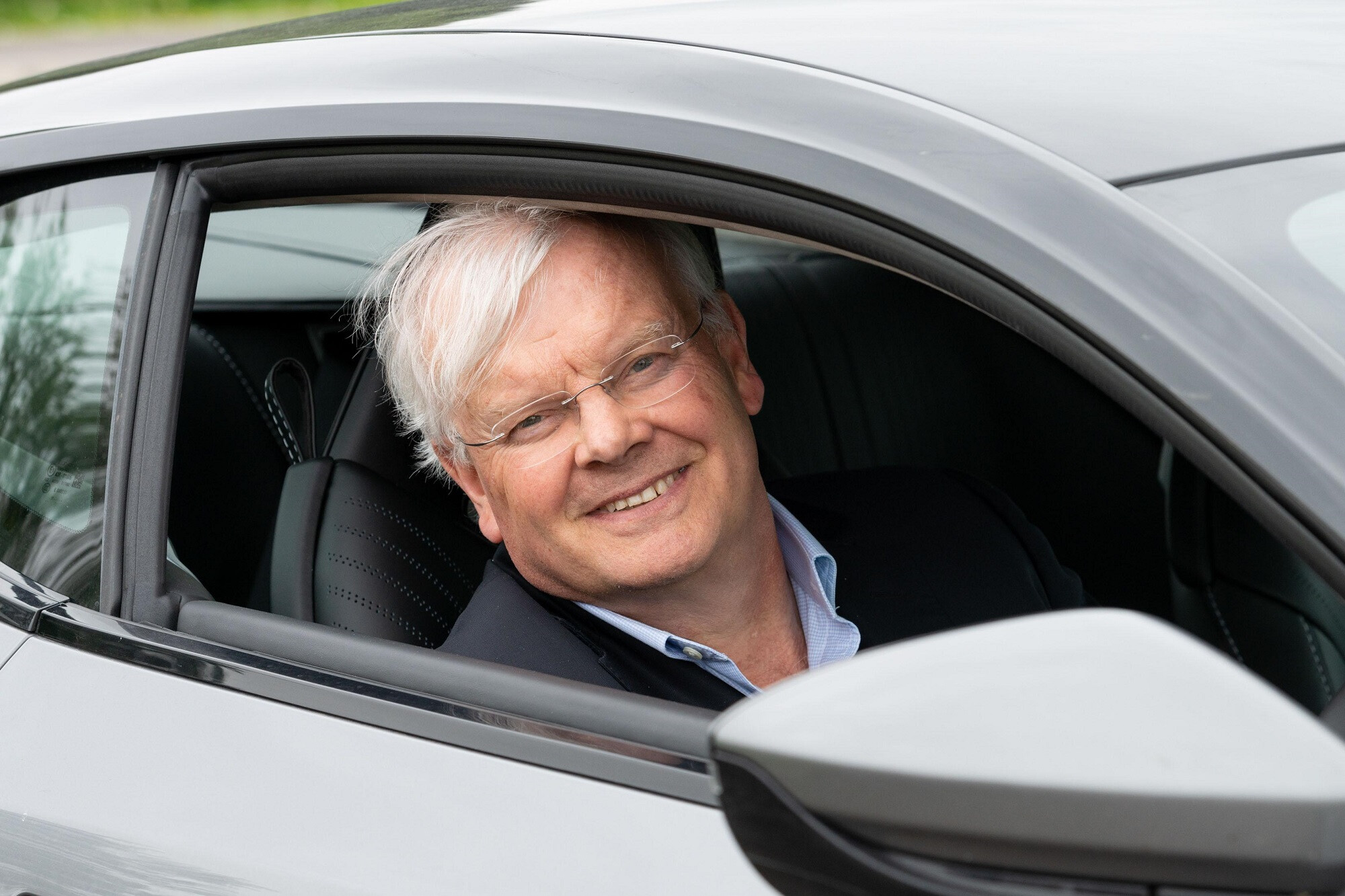Richard Parry-Jones, the engineer who reinvigorated Ford’s reputation for sparkling chassis dynamics, has died aged 69.
The hugely influential and much-loved Ford lifer had retired from the car industry and was killed in an accident on his farm in Wales.
The car you drive is better because of Richard Parry-Jones. It doesn’t matter which company built it. If it was conceived in the last twenty years, it has a genius Welsh engineer to thank for the way it goes down a road, in an indirect regard at the very least.
So revolutionary was his approach to vehicle dynamics that his 1998 Ford Focus was the most significant step forward in the way that cars drove that from that point on, the rules across the industry changed.

Parry-Jones was a rarity. Not only was he a gifted engineer and a talented driver but he was a brilliant communicator as well, this combination of attributes seeing him come to prominence with the Mondeo project in 1993, of which he was chief engineer.
RP-J, as he was universally dubbed, realised that excising cost from the Sierra had seen it become a vehicle unattractive to operate, with coarse engines, a lumpen ride and dull steering.
He also predicted at this stage that the medium-car market would drift towards premium badges and that Ford needed to offer a convincing counterpoint. Making the Mondeo better to drive than an entry-level BMW 3 Series or an Audi 80 changed the script.

Rather than become engaged in a low-margin race to the bottom of the sector, Ford could instead add value and charge more. Detroit backed his vision, investing A$6.7bn on the Mondeo project.
The subsequent Fiesta and Puma hatches bore his imprimatur but it was the Focus that created a seismic shift in the industry.
Its sophisticated control-blade multi-link rear suspension, crisp steering and incredible body-control made everything else in the Focus’ class seem instantly leaden and dull-witted.
Volkswagen, realising that it had been outplayed, recruited Parry-Jones’ protégé, Uli Eichorn, from Ford along with a swathe of other chassis engineers and created a facsimile of Ford’s suspension on its Mk5 Golf. Eichorn’s inherited zeal for dynamics then transformed Bentley before he was promoted to chief engineer for the entire VW Group.

By then, Parry-Jones had moved to Dearborn to spread the good word across all of Ford’s platforms. As VP of Global Product Development, he was, in effect, responsible for changing the engineering philosophy of all FoMoCo brands, which at that stage included Jaguar, Land Rover, Lincoln, Mazda, Volvo and Aston Martin.
He was a great proponent of what he called ‘the 50-metre test’, which he reckoned was more important to buyers than the car’s behaviour at the limit. He was adamant that most drivers could tell within 50 metres whether or not they were driving a good car, and his products had a matter of seconds to create that impression.
My favourite memory of Parry-Jones was lending him a Lotus Exige back in 2000, when the vehicle had just been launched. We were at the Nordschleife on a chilly Sunday, but rather than flog the Lotus round the track, RP-J did about fifty passes on a seemingly undistinguished stretch of back road near the old Sudschleife track, obsessing over nuances of steering, damping and suspension geometry.
“Did you feel what it did there in bump?”, he’d yell over the K-Series lump. I had to admit that I hadn’t, but it was incredible to watch him upload data in this matter. It only ended when an irate farmer brought a halt to proceedings by driving a herd of cows up the road in protest.
Parry-Jones’s enthusiasm and insight will be missed by many. Ford executive chairman Bill Ford described him as a “rare talent who left an indelible mark on Ford and the industry”.
“His passion for great cars and love of motoring inspired legions of engineers and enthusiasts in Europe and around the world,” he said in a statement on Ford’s social media channels.






